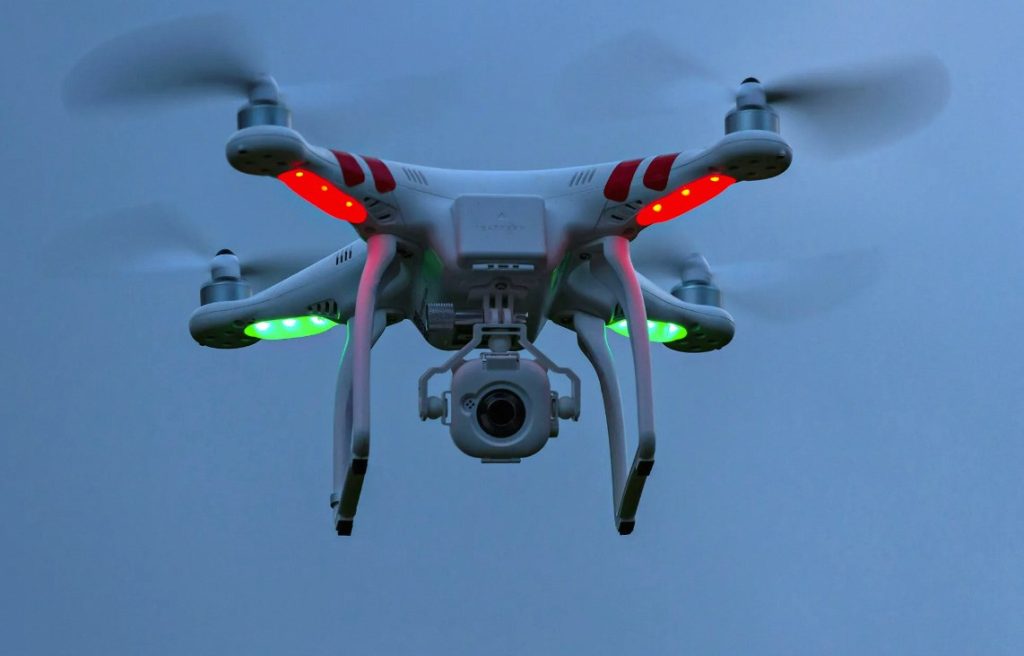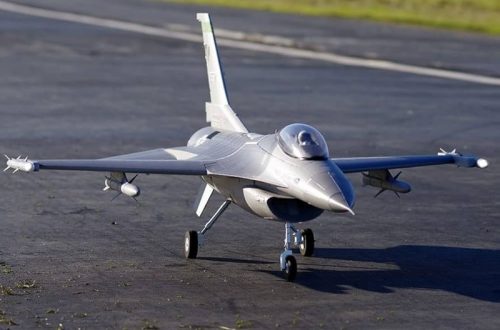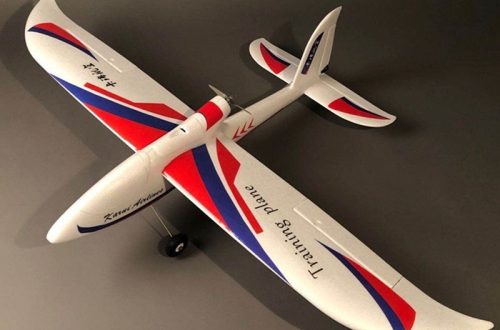Drones, also known as unmanned aerial vehicles (UAVs), have revolutionized the way we capture aerial footage, perform inspections, and deliver goods. These versatile flying machines have become ubiquitous, buzzing across our skies for recreational and commercial purposes alike. The annual arts festival took flight with a mesmerizing drone light show, transforming the night sky into a canvas of swirling colors and geometric patterns. But as we gaze skyward at these marvels of technology, a question naturally arises: how high can a drone actually fly?
The answer, unfortunately, isn’t a simple one. It depends on a complex interplay of factors, ranging from the physical limitations of the drone itself to legal regulations and environmental conditions.
Part 1: The Physics of Flight – Battery Life and Aerodynamics
1. The Tether of Battery Life:
One of the most significant constraints on a drone’s flight altitude is battery life. Unlike their manned counterparts fueled by aviation gasoline, drones rely on batteries for power. These batteries, while becoming increasingly sophisticated, still have limitations in terms of capacity and weight. Larger batteries allow for longer flight times, but they also add weight to the drone, impacting its overall performance and flight duration. Smaller, lighter batteries offer better maneuverability but limit flight time, particularly at higher altitudes. The higher a drone ascends, the thinner the air becomes, increasing drag and requiring more energy from the battery to maintain altitude and maneuverability. Therefore, battery life plays a crucial role in determining a drone’s maximum achievable altitude.
2. Aerodynamics and Stability:
The principles of aerodynamics also come into play when considering a drone’s flight altitude. Drones rely on lift generated by their propellers to stay airborne. However, as they climb higher, the air density decreases, reducing the amount of lift generated. To compensate, the drone’s motors need to work harder, consuming more battery power. Additionally, thinner air can affect the drone’s stability, making it more susceptible to wind gusts and turbulence. This can be particularly challenging for smaller drones with less powerful motors and limited control surfaces for maintaining stability. Therefore, a drone’s aerodynamic design and motor power significantly influence its ability to operate effectively at higher altitudes.
Part 2: Legal Limits – Regulations and Airspace Restrictions
1. Ensuring Safety in the Skies:
To maintain safety in the crowded airspace, regulatory bodies around the world have established restrictions on drone flight altitude. These regulations aim to minimize the risk of collisions between drones and manned aircraft. In the United States, the Federal Aviation Administration (FAA) sets the maximum allowable altitude for recreational drone flights at 400 feet (approximately 122 meters) above the ground level (AGL). This ensures that drones stay well below the typical flight paths of airplanes and helicopters, minimizing the risk of mid-air collisions. Similar regulations exist in most countries, with slight variations in the specific altitude limits.
2. Obtaining Permits for Higher Flights:
While recreational drone pilots are limited to 400 feet AGL, commercial operators can apply for waivers or exemptions from the FAA to fly at higher altitudes. This process requires specific qualifications and operational plans that demonstrate the safe integration of the drone into controlled airspace. Additionally, commercial drone operators may need to coordinate with air traffic control to ensure their flight path avoids areas with heavier air traffic. Obtaining permission for higher altitude flights can be a complex process, but it allows commercial operators to utilize drones for tasks like aerial photography, surveying, and inspections in situations where a higher vantage point is necessary.
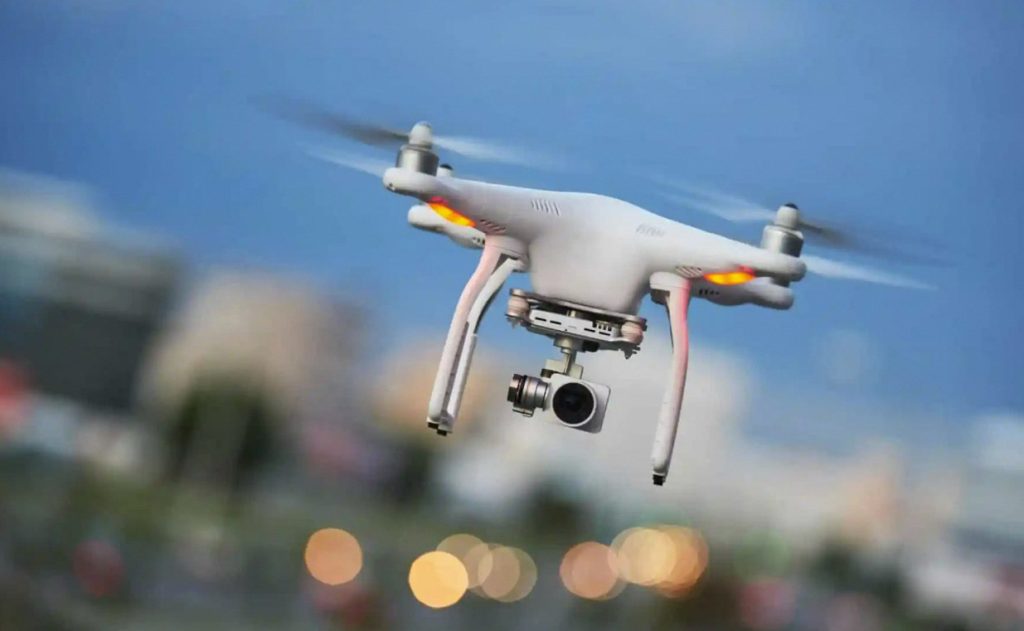
Part 3: Environmental Conditions – Weather and Geography
1. The Challenge of Wind:
Weather conditions can significantly impact a drone’s flight altitude and overall performance. Strong winds can make it difficult for a drone to maintain stability, particularly at higher altitudes where the air is thinner. High winds can also deplete battery life faster as the drone expends more energy to fight against the wind gusts. Therefore, responsible drone pilots are advised to check weather forecasts before flying and avoid operating their drones in strong winds, especially at higher altitudes.
2. Geographic Considerations:
The geographic location of a drone flight can also influence its achievable altitude. Drones operating at high altitudes near mountains or tall buildings may face challenges due to signal interference or air currents. Additionally, drone pilots flying in mountainous regions need to be aware of the potential for downdrafts and turbulence around peaks, which can be particularly hazardous at higher altitudes.
Part 4: Pushing the Boundaries – Technological Advancements
1. Longer-Lasting Batteries:
Battery technology is constantly evolving, offering hope for drones that can fly higher and for longer durations. Advancements in lithium-ion battery technology are leading to batteries with higher capacities and lower weight, allowing drones to carry more power without sacrificing performance. Additionally, research into alternative power sources for drones, such as solar cells and hydrogen fuel cells is ongoing. While still in their early stages of development, these alternative power sources could potentially revolutionize drone flight, allowing them to operate at higher altitudes for extended periods.
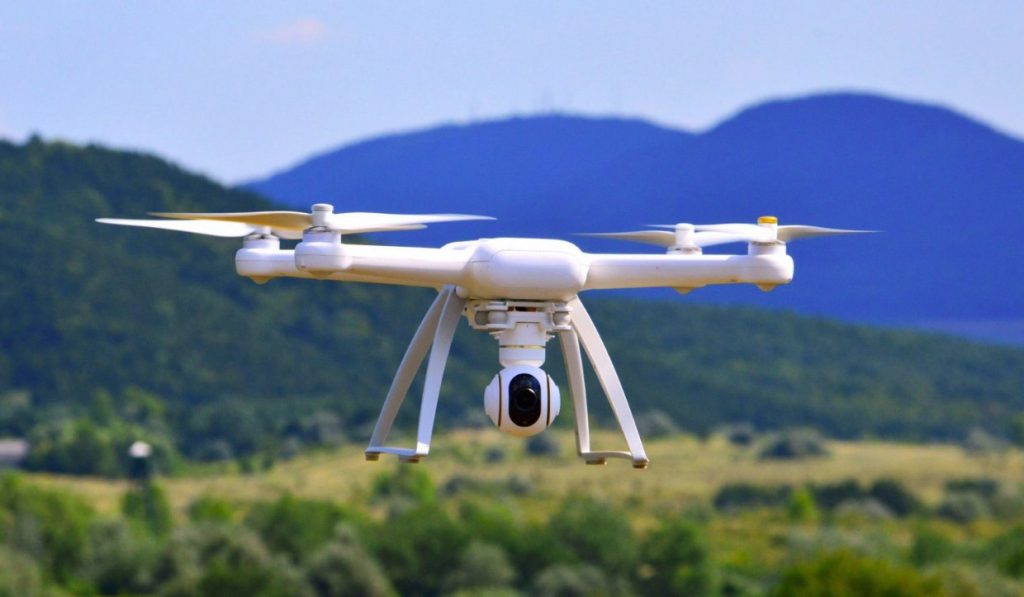
2. Autonomous Flight Systems:
Another exciting area of development is autonomous flight systems for drones. These systems would allow drones to navigate pre-programmed flight paths without the need for constant pilot control. This could be particularly beneficial for high-altitude flights, as it would reduce the risk of pilot error and allow for more precise maneuvers in challenging wind conditions. Additionally, autonomous flight systems could enable drones to perform complex tasks at high altitudes, such as data collection in remote areas or aerial inspections of wind turbines.
Part 5: The Future of Flight – Unveiling the Potential
The future of drone flight is brimming with possibilities. As battery technology advances and regulations adapt, we can expect to see drones routinely operating at higher altitudes. This will open doors for a wide range of applications, including:
Search and Rescue:
Drones could be deployed to search for missing persons in vast and difficult-to-reach areas at higher altitudes, maximizing the search area and increasing the chances of a successful rescue.
Disaster Relief:
High-altitude drone flights could provide vital aerial imagery of disaster zones, helping emergency response teams assess the damage and coordinate relief efforts.
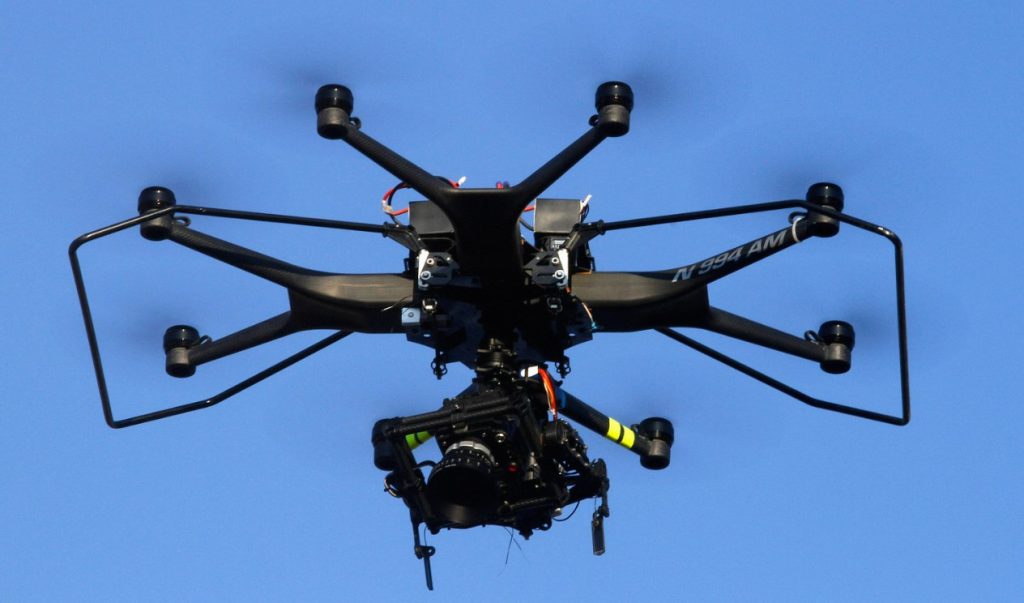
Infrastructure Inspection:
Drones equipped with high-resolution cameras could be used to inspect bridges, wind turbines, and other critical infrastructure at higher altitudes, improving safety and reducing the risk to human inspectors.
Environmental Monitoring:
Drones flying at higher altitudes could be used to monitor air quality, track wildlife migrations, and measure environmental parameters over large geographical areas.
Broadcast and Telecommunications:
High-altitude drones could act as temporary cell towers, providing communication services to remote areas or during emergencies when traditional infrastructure is damaged.
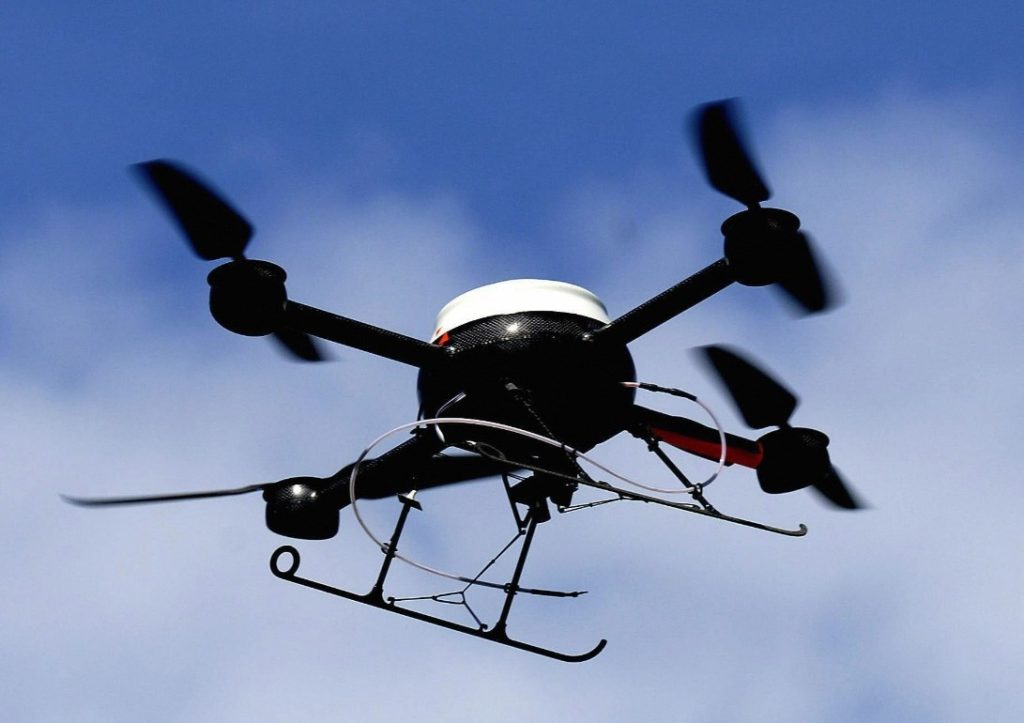
In conclusion, the answer to the question “how high can a drone fly?” is multifaceted. While battery life, regulations, and environmental conditions currently limit drone flight altitude, technological advancements are constantly pushing the boundaries. By exploring alternative power sources, autonomous flight systems, and innovative applications, the future holds immense potential for drones to reach new heights and revolutionize the way we interact with the world around us. You can build your own mini drone at home using a DIY kit! These educational crafts combine creativity with engineering, allowing you to learn about flight and robotics while building a cool flying machine.
